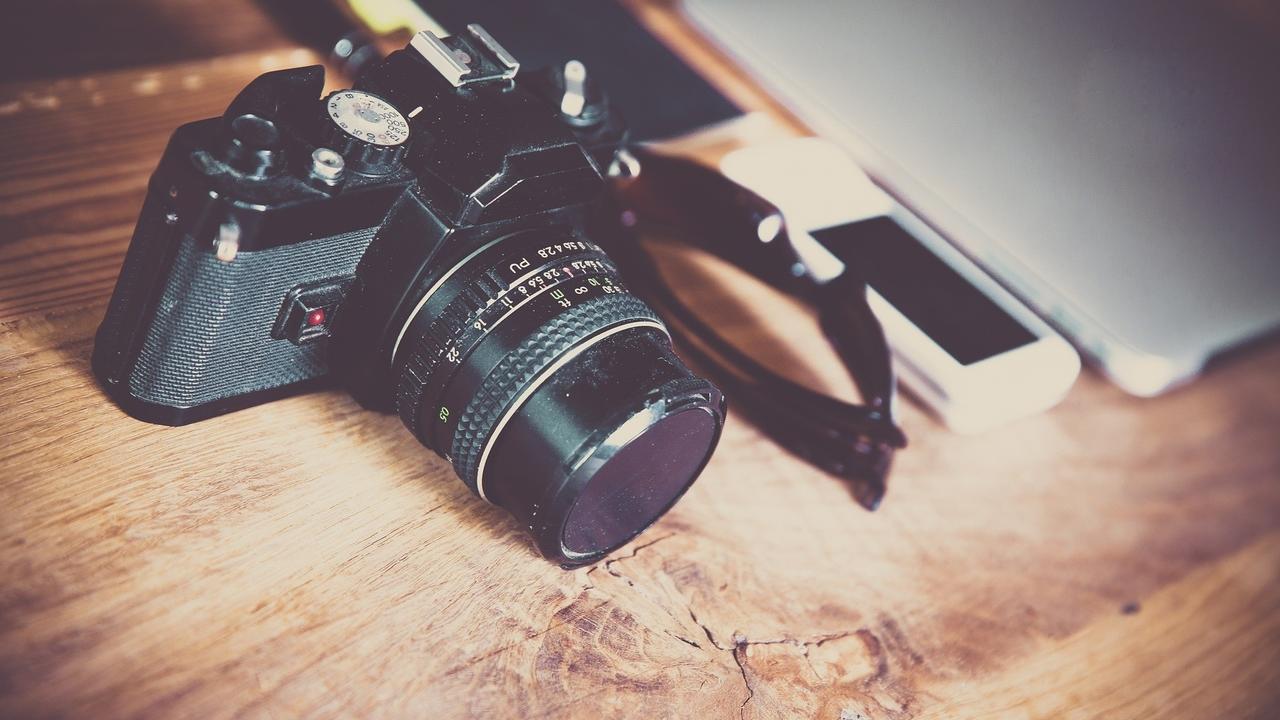What is the Best Camera for Product Photos?

In today's world, owning a business that sells products usually means selling products online. But your customers can't snag your goodies from their screen to touch, smell, or try. Give them the next best thing - clear, mouth-watering product photos. To get great product shots, you need the right camera for the job. Or you need to outsource the job to a pro.
For many people, at least starting out, product shots means a DIY photo session. Should you unearth that point-and-shoot that's been gathering dust? Can you make do with your in-phone camera? Or is it time to invest in that shiny new DSLR? We are here to help you choose the right camera for product photos!

People often ask, “Do I have to buy a $1,000 camera to be able to take good product photos?" The answer is no.
Good point-and-shoot cameras are more affordable now, and they have better image quality than they used to. They’re a viable option. In addition, your smartphone camera will probably work just fine for product photos. The newer ones often have nice cameras. But, don't give up on your pricey DSLR. If you enjoy photography, it offers some nice features that the other options don't.
Which Camera is Right for Your Product Photos? The Pros & Cons
DSLR
Pros
- Superior image quality
- Various accessory options
Cons
- A learning curve that can overwhelm beginners
- Expense
- Big, clunky, & inconvenient
Point-and-Shoot
Pros
- Easy to use
- Less expensive
- Good image quality
Cons
- Limited accessory options
- Less control; fewer settings
Smartphone Camera
Pros
- No additional expense (if you already have one for business use)
- Easy to use
- Convenient
- Good image quality
Cons
- Limited accessory options
- Less control; fewer settings (becoming less common with newer models)
Test Drive Your Camera Options
If you opt for a DSLR, keep in mind that there are lots of different options across different brands. Each brand will have a unique operating system. So, the smart play is to rent before you buy. You can rent camera bodies from many online and brick and mortar shops. The cost is minimal, especially compared to laying out close to $1,000 for a camera you aren't familiar with and may hate. In addition, once you've purchased your camera, you can rent lenses or other accessories to try before you buy or use for a special project.
For point-and-shoot cameras, you may be limited to test driving it in the store. So, if you have a dedicated camera shop locally, take advantage of their expertise and demo models. (But don't be tempted to try in store and find the same model cheaper online. Karma, y'all.)
As for phone cameras, you probably already have one. But, if not, find a shop locally with demo units if you feel the need to try out your options. The learning curve and differences in models can vary with smartphone cameras.
Want to Rent Photography Equipment to Test Drive?
Check out these resources...
Figuring Out Image File Types: What is RAW?
Remember image quality being a perk of DLSR cameras? Part of that is because those cameras have the option of shooting in RAW. Use this option!
RAW is the best initial format for shooting photography; it captures the most info about the light and image in front of you. That said, RAW images have to be edited and saved in another format to actually be used. (But, keep those originals!)
Point-and-shoot cameras may also offer RAW as an option. But, usually, with those and in-phone cameras, you are going to be shooting to JPEG files.
Use the file type option for your camera that stores the most info about your images. It is important for ending up with great images, especially when you are talking about high-resolution images for printing.
What's the Right Camera for You, Right Now
While brands and models vary, you are going to have way fewer adjustment options for point-and-shoot and smartphone cameras than you are with a DSLR. So, if you don't opt for a DSLR, your lighting for product photos is even more important (and it's super important regardless).
Also, you will be left with a little more work in post-production editing when using a point-and-shoot or in-phone camera.
Evaluate what is right for your business, right now. If you love taking product photos and are good at it, it might be time to invest in that pricey camera.
However, if you are working on a shoestring budget and want to eventually outsource to a pro, it might be best to keep your money in your pocket for a while longer.
Nowadays, they have shot entire movies with smartphones just because they can, so there's no reason not to use what you've got! Don't let anyone pressure you into buying something you don't need or want.
Ready to up your game when it comes to DIY photography? Purchase The Moneyshot, our product photography 101 class, from The Nova Studio. The class includes a 3-hour video and 6 digital Handouts: a shot tracker, a photography cheat sheet, a reference sheet, a vocabulary list, a resources list, *PLUS* a transcript of the video.
What's your pick for your biz's go-to camera? Why? Sound off in the comments!
Want to snag weekly advice on building a successful soap biz directly in your inbox?
Of course you do! Sign up for our newsletter below for more tips and tricks to make bank in your biz.

